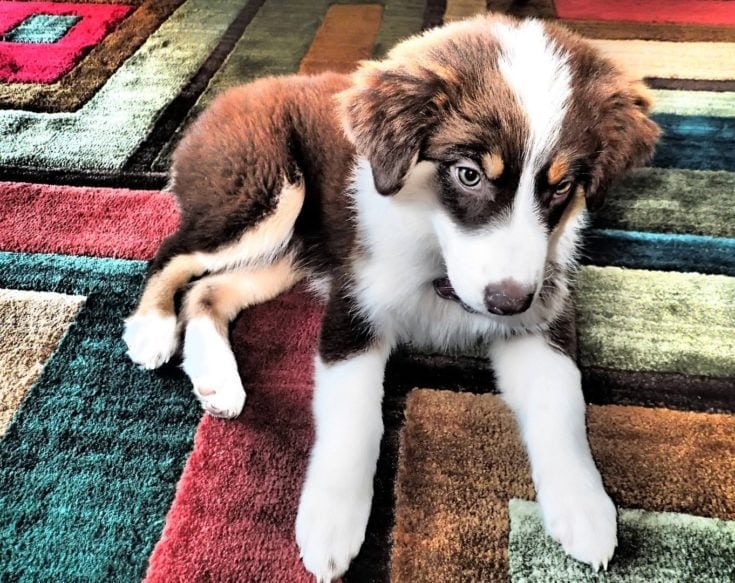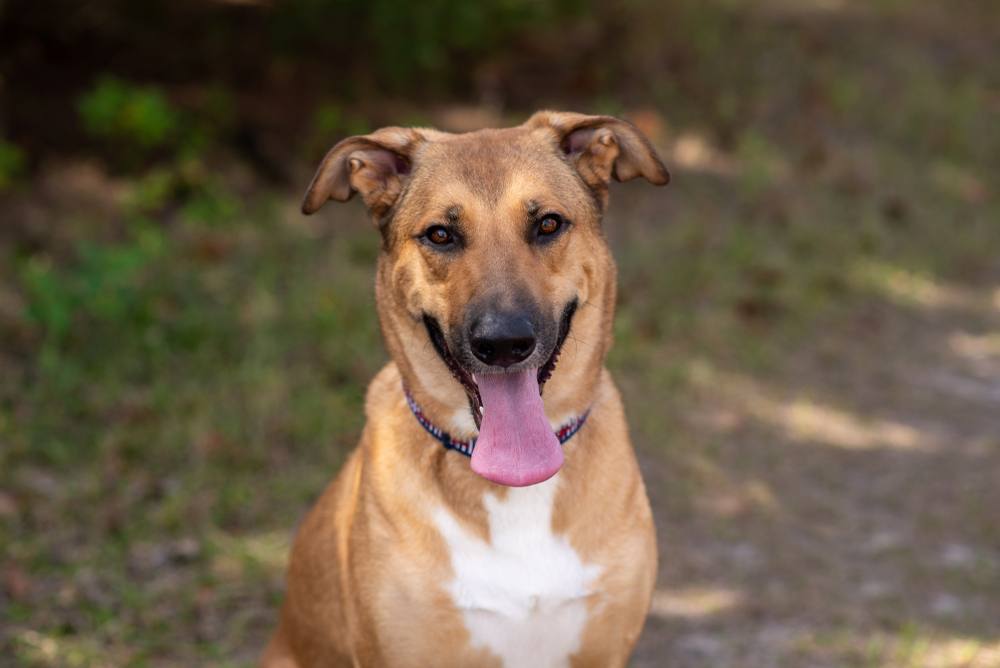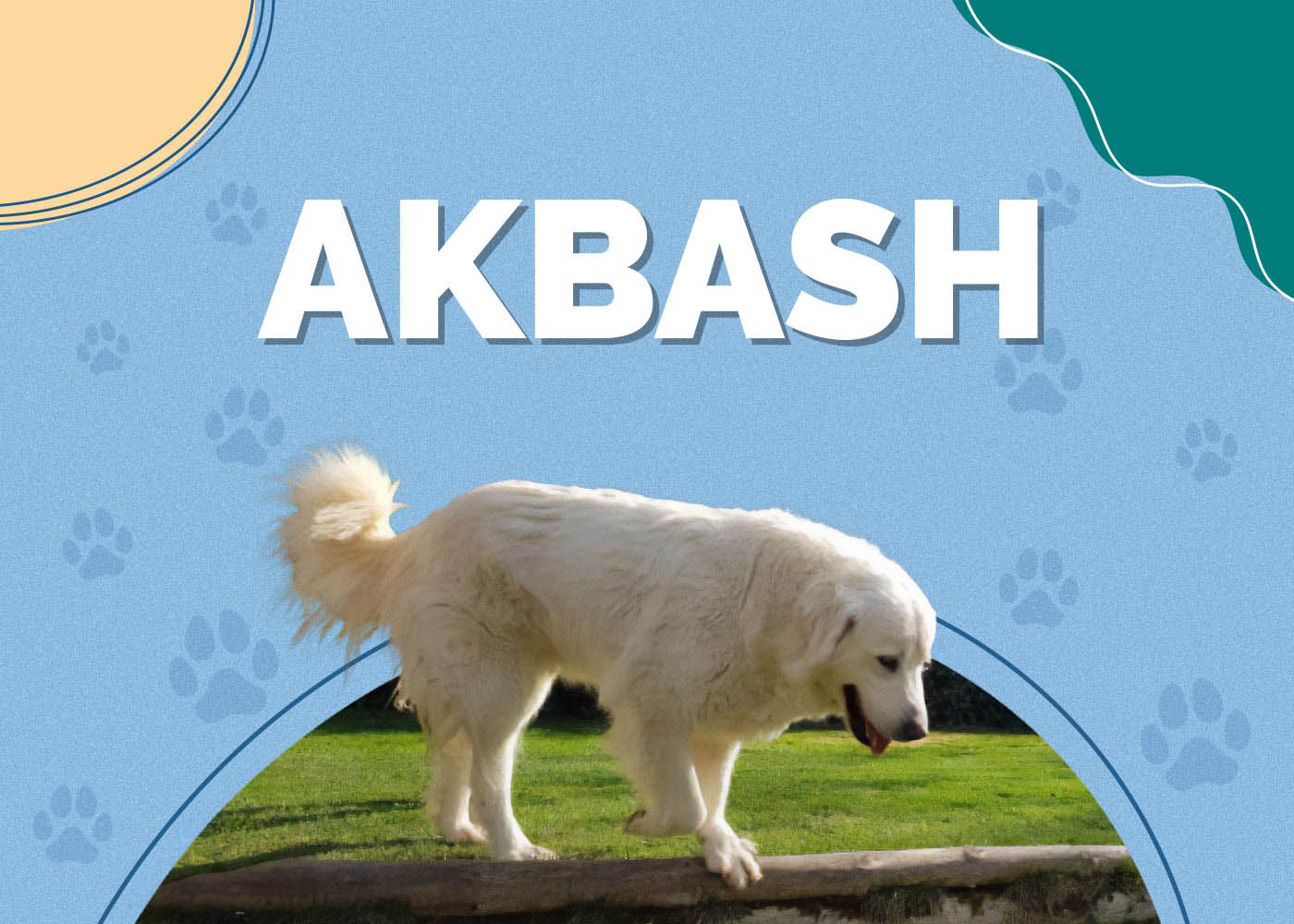15 Dog Breeds With Long Tails (With Pictures)

Updated on
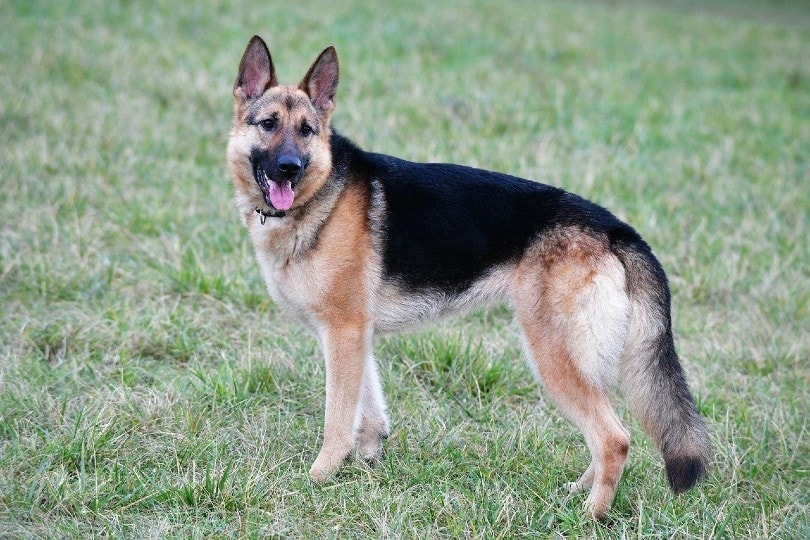
They say the eyes are the windows to the soul — in humans, anyway. For dogs, the tail is the most expressive part of the body, and so it would seem logical that having more tail would translate to having more ways to express yourself.
If that’s true, then the dogs on this list must be truly emotive indeed, as they have some of the longest tails in the canine world. That’s good news for you, as their longer tails mean they can better express just how much they missed you while you were at work. If you’re looking for a long tail dog, check out the list below.
The 15 Dog Breeds With Long Tails:
1. Irish Wolfhound
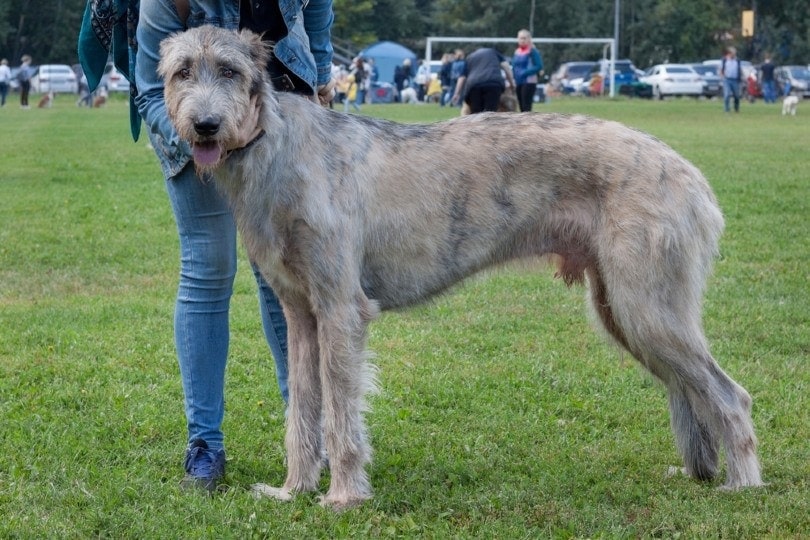
Irish Wolfhounds are just huge dogs in general, so it makes sense that their tails would be massive, too. In fact, the longest tail ever measured was on one of these dogs.
Keon, a Belgian pup, had a tail that checked in at 2.5 feet long! We can only imagine how bad it must have hurt to get whacked by that thing (and how careful you had to be closing doors in Keon’s house).
2. Akita
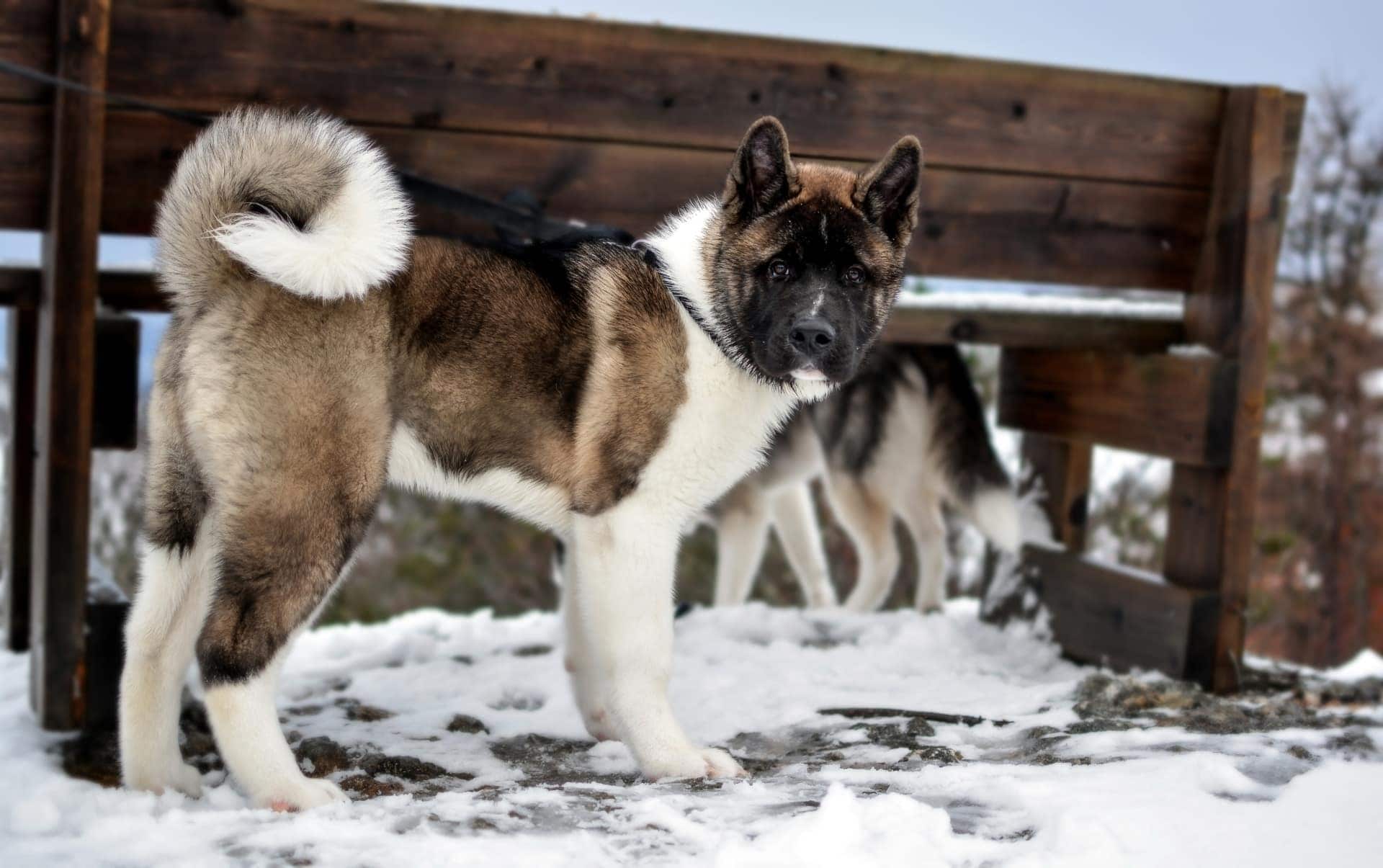
This one can be hard to spot, as Akitas have tails that curl back towards their bodies. You may even see some dogs that have a tail that piles up on their backs. If you hold that tail out straight, though, you’ll find that it can stretch out for quite some distance.
The reason these dogs need such extensive appendages is due to their climate, as the long tail helps keep them warm when they curl up in the snow.
3. American Eskimo Dog
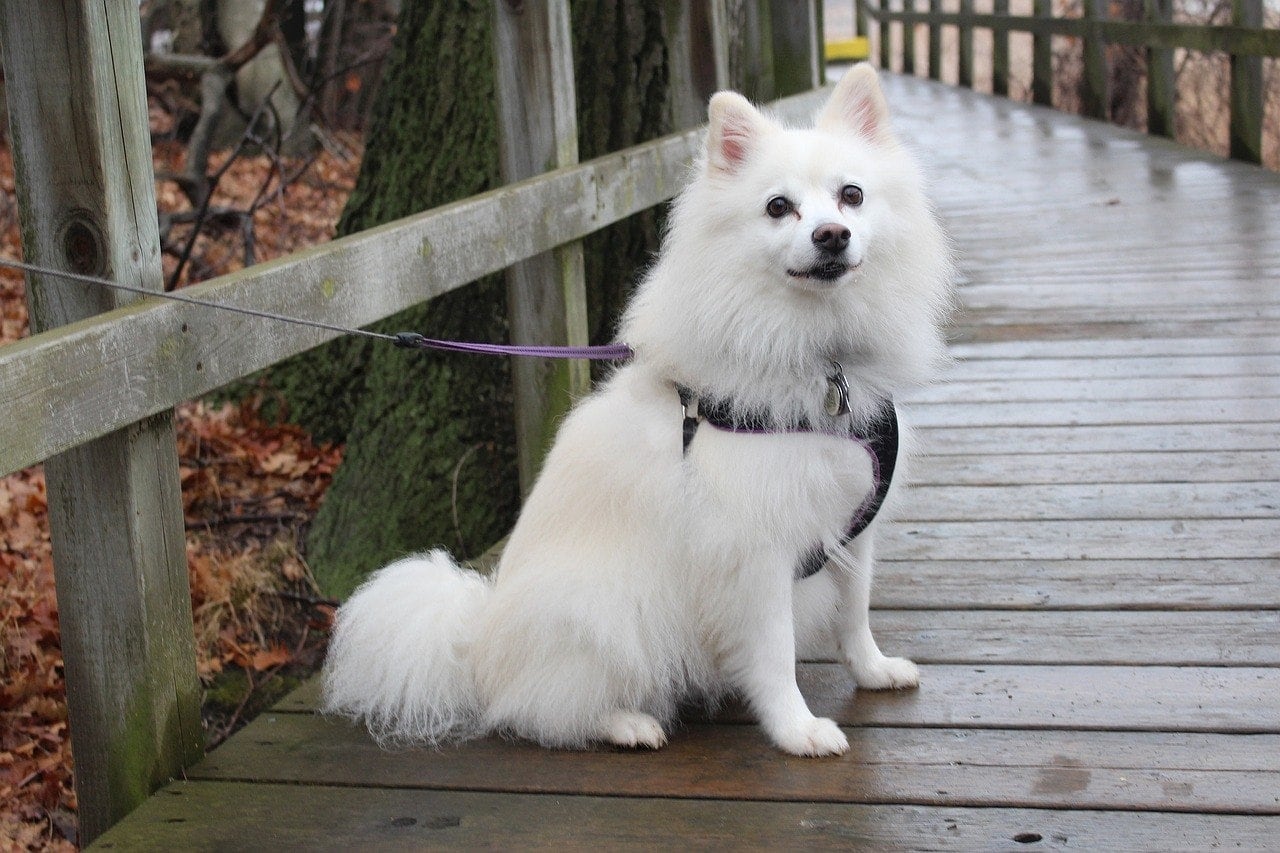
These dogs need long tails for the exact same reason that Akitas do, although theirs tend to not be as curly. Theirs are what is known as a “snap tail,” which causes the tail to bend more severely towards their bodies.
Their tails don’t curl up as much, though, allowing you to better see just how long they really are.
4. Otterhound

As you might have guessed from the name, Otterhounds were bred to hunt otters — and otters aren’t easy to catch. That’s why these dogs need such long tails, as theirs acts as a propeller to give them an extra burst of speed in the water.
Otter hunting is much rarer nowadays, which is good news, except for the fact that it means that Otterhounds are becoming rare, too. In fact, they’re more endangered than Giant Pandas (probably because they aren’t nearly as good at kung fu).
5. German Shepherd

German Shepherds have extremely expressive tails, and they should hang low to the ground when the animal is relaxed. In fact, they tend to let their tails droop to save energy, which should tell you how long they are.
If they wag their tails primarily to the right side, that means they’re feeling positive emotions, but wagging to the left indicates nervousness and unrest. Given how scary these dogs can be when they get upset, that’s very useful information to have.
6. Field Spaniel

These pooches have long, feathered tails that tend to wag like crazy when they’re working, so that tells you how much they enjoy their jobs. Unfortunately, they often have their tails docked for aesthetic reasons, so many owners may not realize just how majestic those appendages can be.
7. Havanese
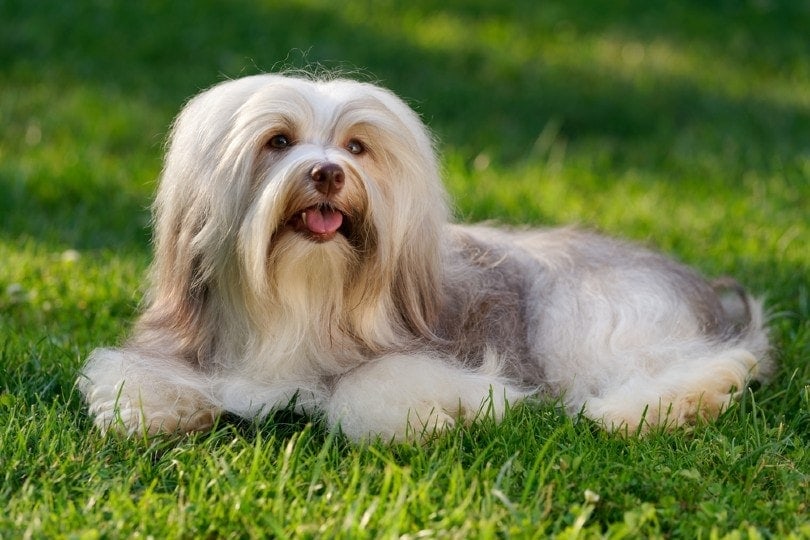
While their tails aren’t that long in terms of raw measurements, they are fairly long compared to the rest of their tiny bodies. They have long, curled tails that droop down towards their heads, and watching that tail bounce as these happy pups bounce along is one of life’s true pleasures.
8. Irish Setter

What is it about Irish breeds and long tails? Whatever the reason, these Setters have long, skinny, feathered tails. They use them to point at game, so the extra length likely makes them easier to spot in the field.
Of course, that also means you’ll have more dog to brush, so you’re sure to stay busy with one of these at home.
9. Kuvasz

These Hungarian pups were bred to be guard dogs, so their tails can be considered early warning systems. They routinely fight off mountain lions and other fearsome predators, so you should ignore an aggressive swish of their tails at your own risk.
10. Leonberger

Like Irish Wolfhounds, Leonbergers are big dogs in general, so you should expect their tails to match. These are very bushy, thick-coated dogs, and their tails require just as much grooming as the rest of them.
They aren’t known for being particularly aggressive, but that doesn’t mean they can’t kill you accidentally with a single thwap of their tails.
11. Berger Picard

These ancient French dogs were bred to work as a team to herd cattle, so their long tails made it easier for them to communicate with one another. Then again, it also gave the cattle one more thing to step on, which is likely why the tails curve up at the ends.
This breed nearly went extinct after the world wars of the 20th century, but they’ve been enjoying a resurgence in recent years.
12. Mastiff
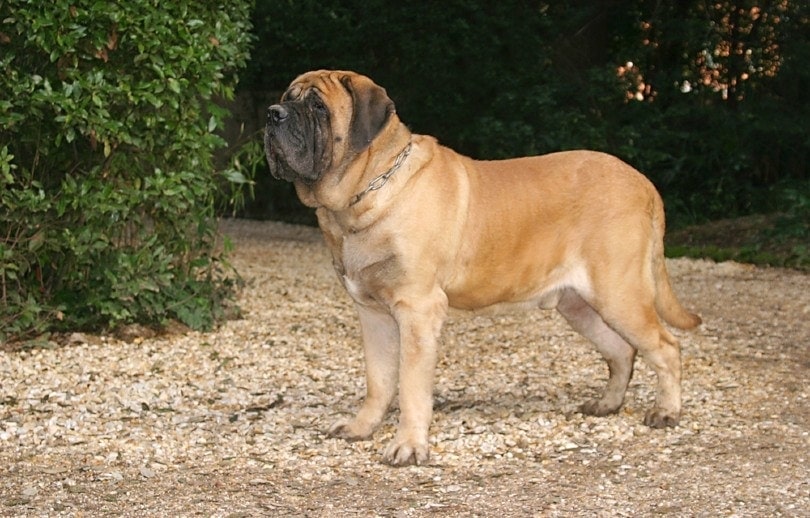
If you’ve been paying attention, you’ve likely picked up on the fact that giant dogs tend to have equally giant tails. The Mastiff is no exception, and their tails are as heavy as they are long.
While they make great pets, you may not want to put any valuables on your coffee table because they can clear them off with a single swish.
Related Read: 8 Different Types of Mastiff Dog Breeds (With Pictures)
13. Norwegian Lundehund
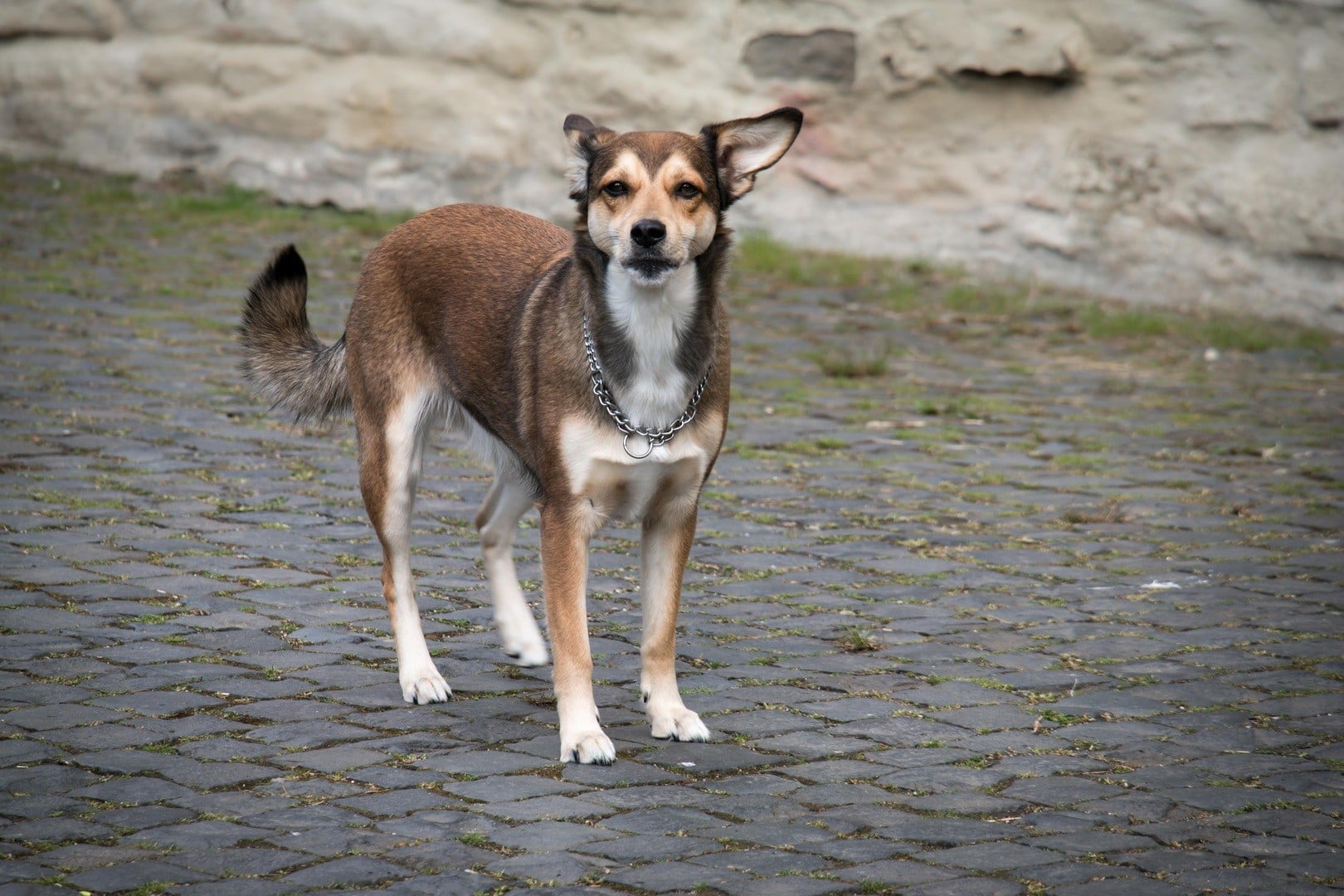
As you might expect from a dog that lives in Norway, Norwegian Lundehunds have curled tails that reach halfway up their backs. They can also hang down, however.
The most remarkable thing about these dogs, though, is the fact that they have six double-jointed toes on each foot, so their long tails are often overshadowed.
14. Whippet
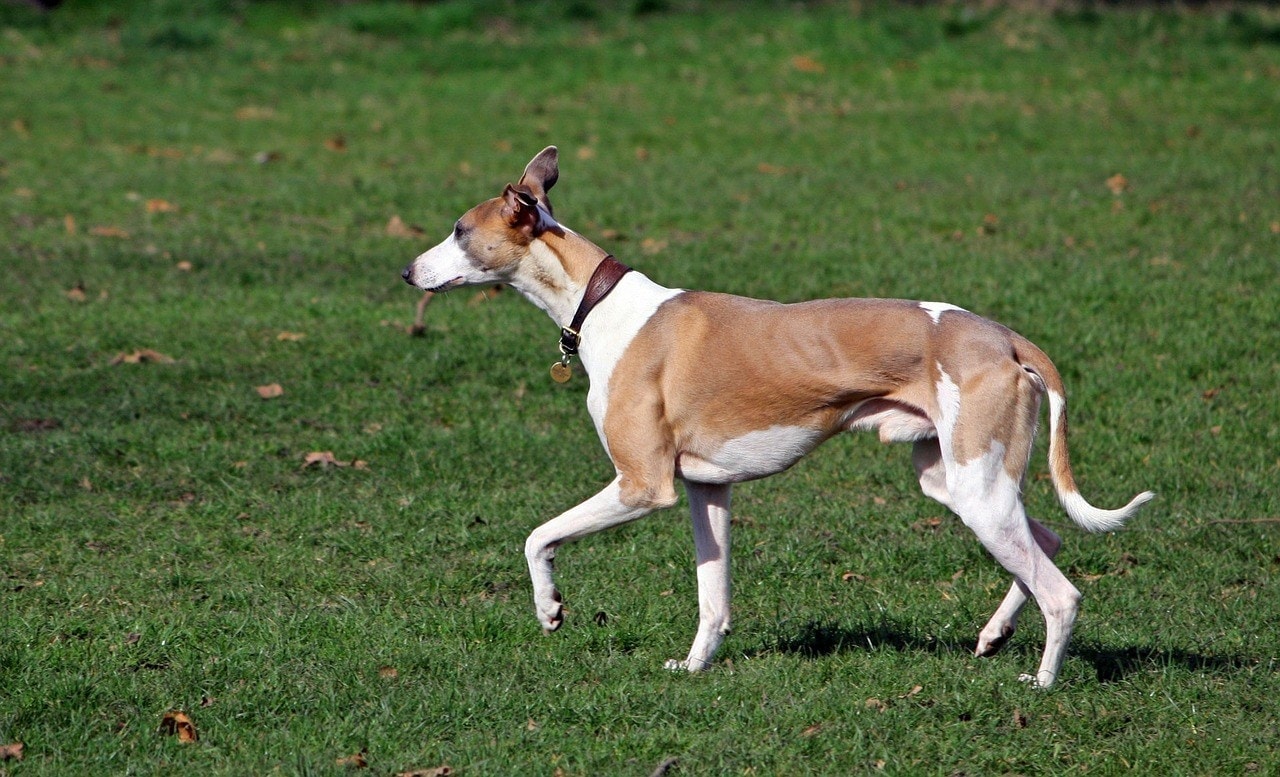
Whippets have long, thin tails that they use as rudders when running at full speed. At most other times, however, they tend to carry it low and between their legs.
They also tend not to wag it unless they have a good reason, so don’t expect much of a response when coming home unless you truly deserve it.
15. St. Bernard

These big pups have thick, powerful tails that hang low with a slight upward curve at the end. It raises a bit while they’re running, but unlike other cold-weather breeds, they don’t curl theirs over their backs.
While their tails are undoubtedly beautiful, you may have difficulty appreciating them when you realize they shed enough fur to make a second dog.
Long Tails, Full Hearts
While it can be a lot of fun to watch a short, stubby tail wag back and forth like crazy, there’s just something satisfying about watching a longer tail make wide, majestic strokes. The dogs above have tails that are truly sights to behold.
Just be careful when closing doors and rolling your chair across the floor…
See Also:
- 7 Ways to Stop Your Dog from Biting Its Tail (Quick & Easy)
- 12 Dogs With Webbed Feet (With Pictures)
Feature Image Credit: cvop, Pixabay

